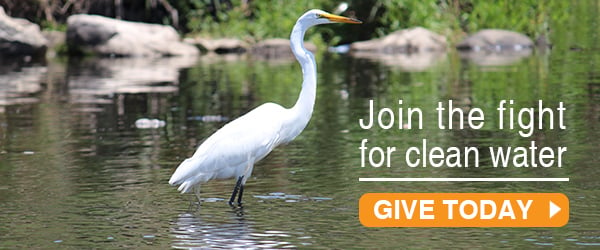Landfilling the Hudson North of Battery Park City
As the shoreline of Manhattan has expanded outward over time, New York City has consistently encroached upon its surrounding waterways, filling in significant amounts of what was once open water. Recently, the developer who engineered the construction of Battery Park City has publicly discussed his idea to fill in an additional 50 acres of the Hudson north of Battery Park City to make land for a new development scheme. Although no formal proposal has been set forth, the plan being discussed is problematic on a variety of levels.
Any further filling in of the Hudson River at this time would lead to further reduction in ecologically significant estuarine habitat, a loss of recreational opportunities, and an impairment of the aesthetic value of the West Side.
Hudson River Park, within which this development would take place, is part of the Lower Hudson River Significant Coastal Fish and Wildlife Habitat, as designated by the New York State Department of State in 1992. While that designation recognized that most of the shoreline along the lower stretch of the Hudson has been disturbed through filling, bulkheading, and development, this ecosystem is still considered one of the most important tidal estuaries in the northeastern United States, providing vital habitat for at least 70 fish species and serving as a primary overwintering site for large numbers of Atlantic striped bass.
The water section of Hudson River Park has been designated as the Hudson River Park Estuarine Sanctuary and the Hudson River Park Act establishes that, within this Estuarine Sanctuary, excavating and filling are both strictly prohibited.
Therefore, the development project at issue here would clearly be illegal under current law and any serious consideration of the plan would mandate that the State legislature amend the Hudson River Park Act. Thereafter, federal and state regulating authorities would be implicated.

